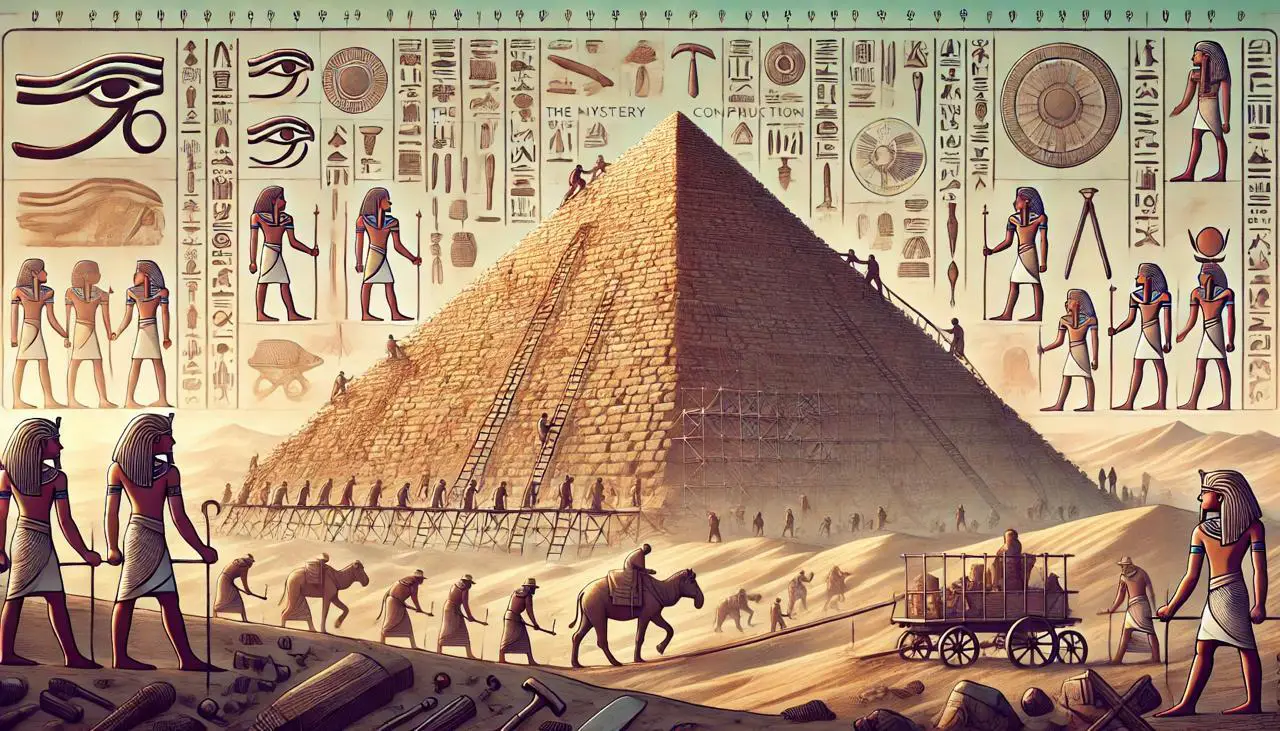The Enduring Mystery of Pyramid Construction
The pyramids of Egypt, particularly the Great Pyramid of Giza, have fascinated historians, archaeologists, and tourists for centuries. Standing as testaments to ancient engineering prowess, these colossal structures continue to baffle modern scientists and researchers with the question: how were they built?
Ancient Engineering Marvels
Constructed during Egypt's Old Kingdom, around 2580-2560 BCE, the Great Pyramid of Giza is one of the most iconic symbols of ancient civilization. It was built as a tomb for the Pharaoh Khufu and originally stood at 146.6 meters (481 feet) tall. The precision and scale of its construction are astounding, especially considering the tools and technology available over 4,000 years ago.
Theories and Hypotheses
Over the years, numerous theories have been proposed to explain how the ancient Egyptians managed to construct these enormous structures. Some of the leading hypotheses include:
-
Ramp Systems: One of the most widely accepted theories is that the Egyptians used a series of ramps to transport the massive stone blocks into place. These ramps could have been straight, zigzagging, or circular, but each design presents its own set of logistical challenges.
-
Lever and Pulley Systems: Another theory suggests the use of levers and pulleys to lift and move the stones. While plausible, there is limited evidence to support the widespread use of such systems.
-
Water and Buoyancy: Some researchers propose that the Egyptians utilized water to move the stones, either by creating canals or using buoyancy to float the blocks into position. This idea, while intriguing, lacks substantial archaeological evidence.
-
Internal Spiral Ramps: A more recent theory suggests that the pyramids were built using internal spiral ramps. This would have allowed the builders to transport stones up the structure as it rose, without the need for massive external ramps.

Unanswered Questions
Despite these theories, many questions remain unanswered. For instance, how did the Egyptians achieve such precise alignments and measurements without modern tools? The Great Pyramid's sides are closely aligned to the cardinal points of the compass, and its construction exhibits a level of precision that rivals modern engineering standards.
Additionally, the logistics of quarrying, transporting, and assembling millions of limestone and granite blocks, some weighing up to 80 tons, continue to puzzle experts. The sheer manpower and organizational skills required for such an undertaking are difficult to comprehend.
Modern Research and Technology
In recent years, advancements in technology have allowed researchers to explore new avenues in solving the mystery. Ground-penetrating radar, 3D modeling, and other modern tools have provided new insights into the construction techniques and logistics of pyramid building. Yet, despite these advancements, a definitive explanation remains elusive.
The Legacy of the Pyramids
The pyramids stand as a symbol of human ingenuity and the enduring legacy of the ancient Egyptian civilization. They remind us of the incredible feats that can be achieved with determination, creativity, and a deep understanding of the natural world.
As we continue to explore and uncover the secrets of the past, the pyramids will undoubtedly remain one of history's greatest enigmas, inspiring wonder and curiosity for generations to come.
















0 Comments, latest